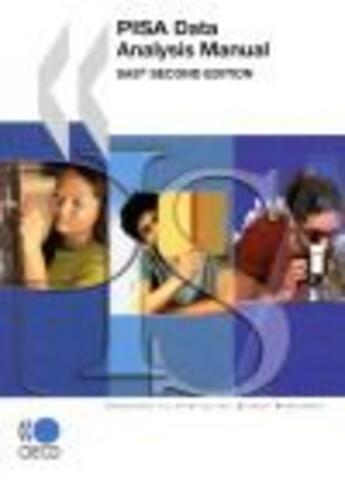-
Date de parution : 16/04/2009
-
Editeur :
Ocde
-
EAN : 9789264056244
-
Série :
(-)
-
Support :
Papier
Résumé:
The OECD Programme for International Student Assessment (PISA) surveys collected data on students' performance in reading, mathematics and science, as well as contextual information on students' background, home characteristics and school factors which could influence performance. This... Voir plus
The OECD Programme for International Student Assessment (PISA) surveys collected data on students' performance in reading, mathematics and science, as well as contextual information on students' background, home characteristics and school factors which could influence performance. This publication includes detailed information on how to analyse the PISA data, enabling researchers to both reproduce the initial results and to undertake further analyses. In addition to the inclusion of the necessary techniques, the manual also includes a detailed account of the PISA 2006 database. It also includes worked examples providing full syntax in SAS®.
Tables des matières:
- Usefulness of PISA Data for Policy Makers, Researchers and Experts on Methodology - Exploratory Analysis Procedures - Sample Weights - Replicate Weights - The Rasch Model - Plausible Values - Computation of Standard Errors - Analyses with Plausible Values - Use of Proficiency Levels - Analyses with School-Level Variables - Standard Error on a Difference - OECD Total and OECD Average - Trends - Studying the Relationship between Student Performance and Indices Derived from Contextual Questionnaires - Multilevel Analyses - PISA and Policy Relevance - Three Examples of Analyses - SAS® Macro - Appendices
Donner votre avis














